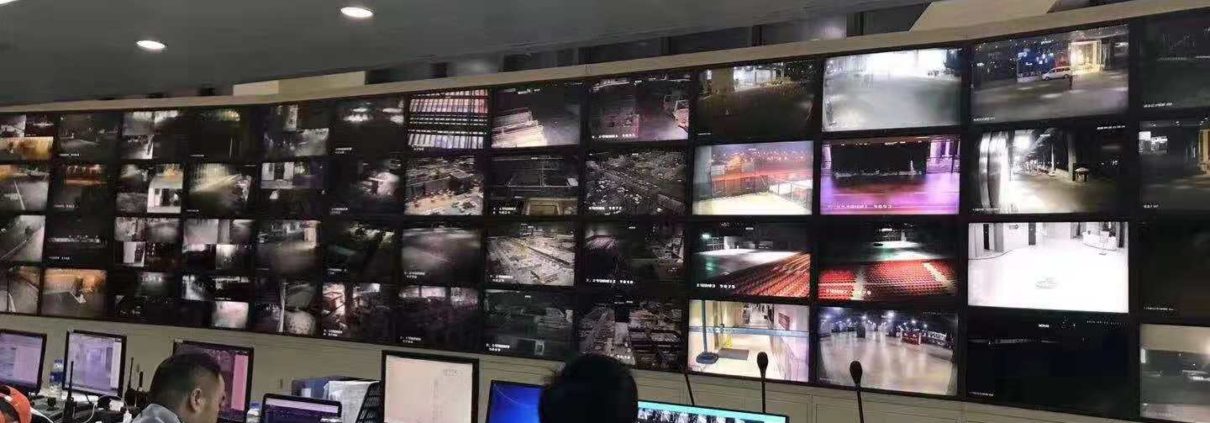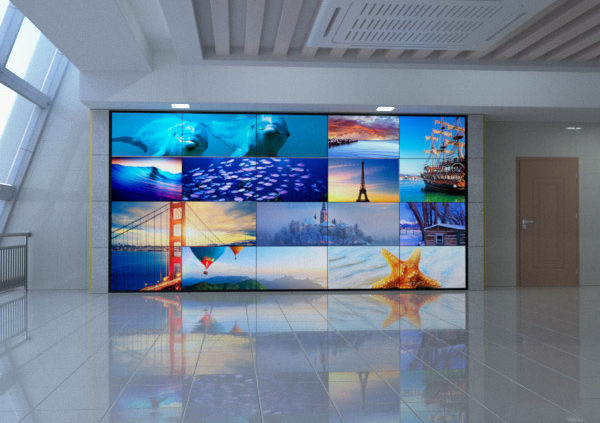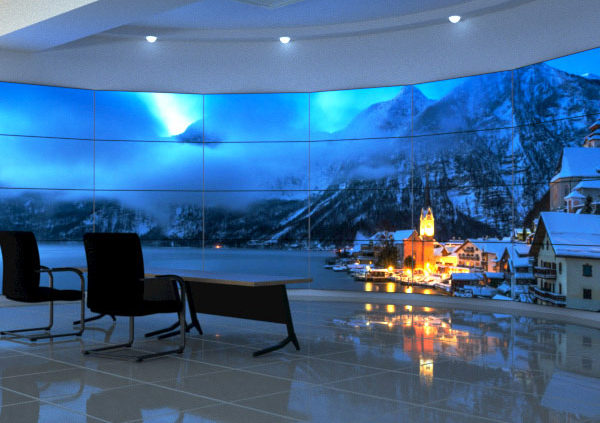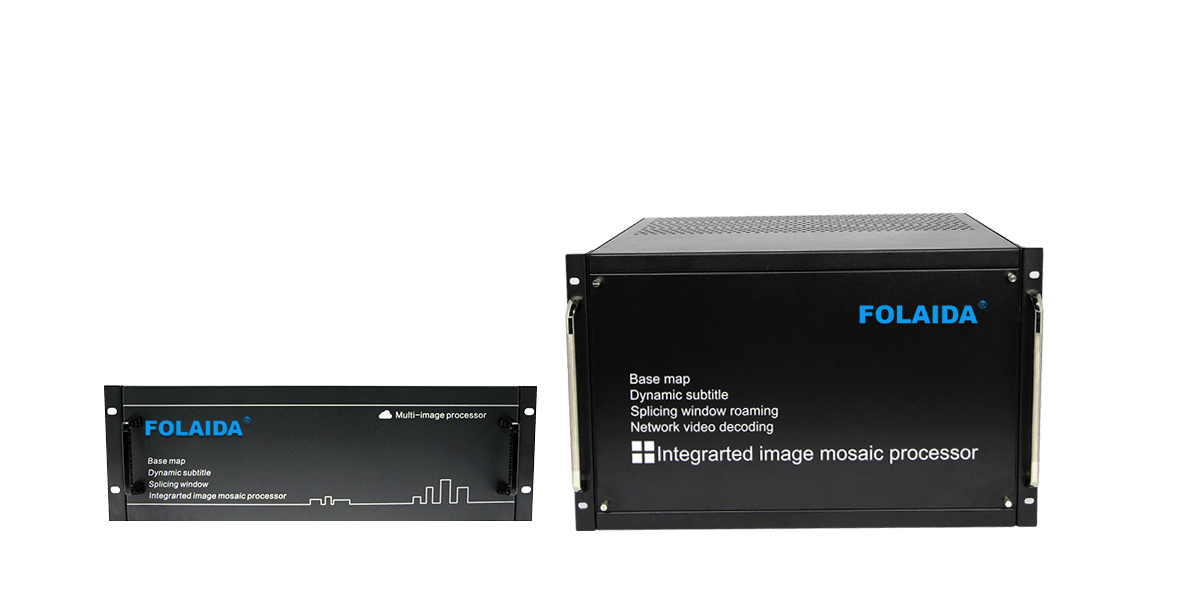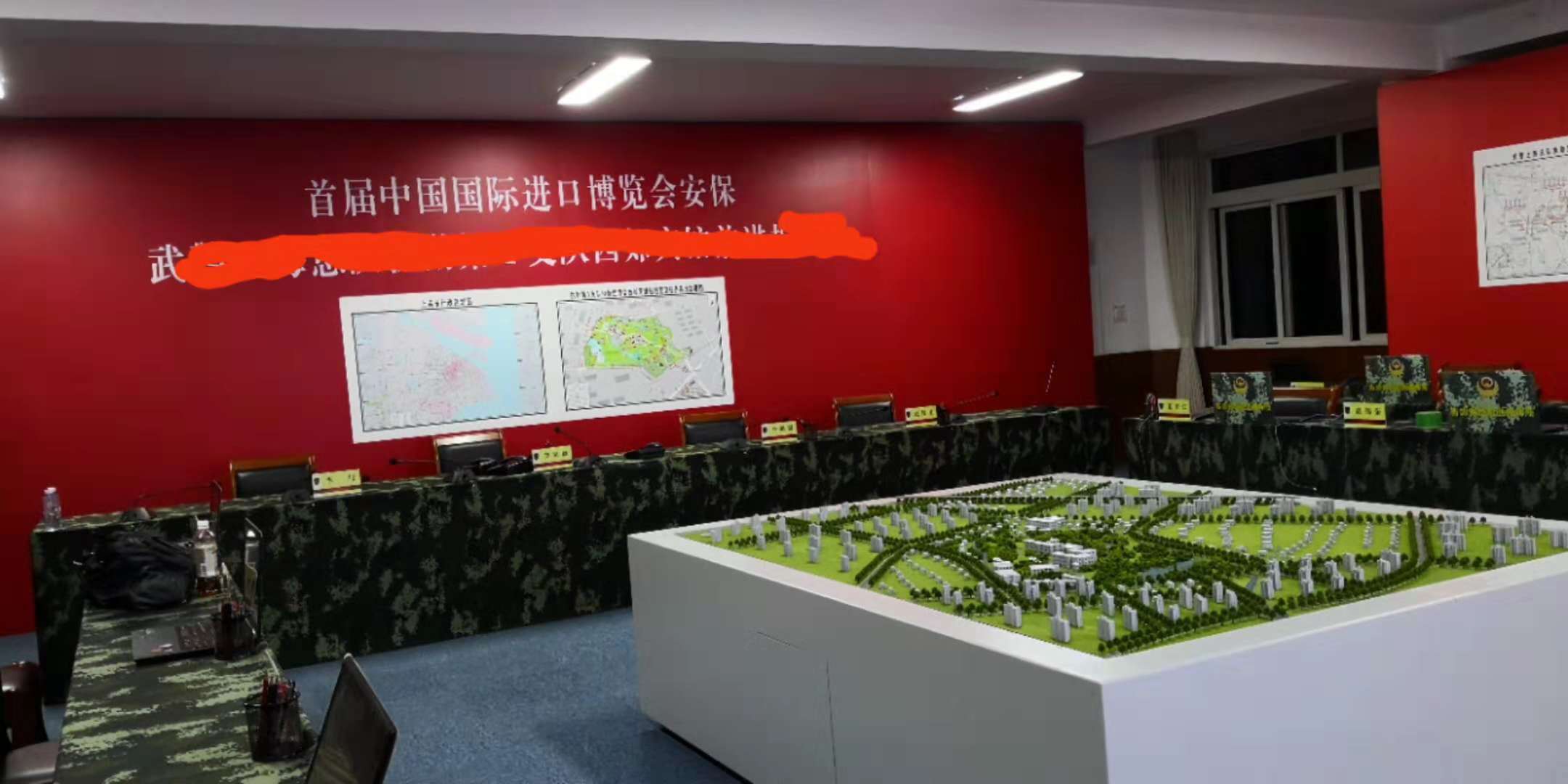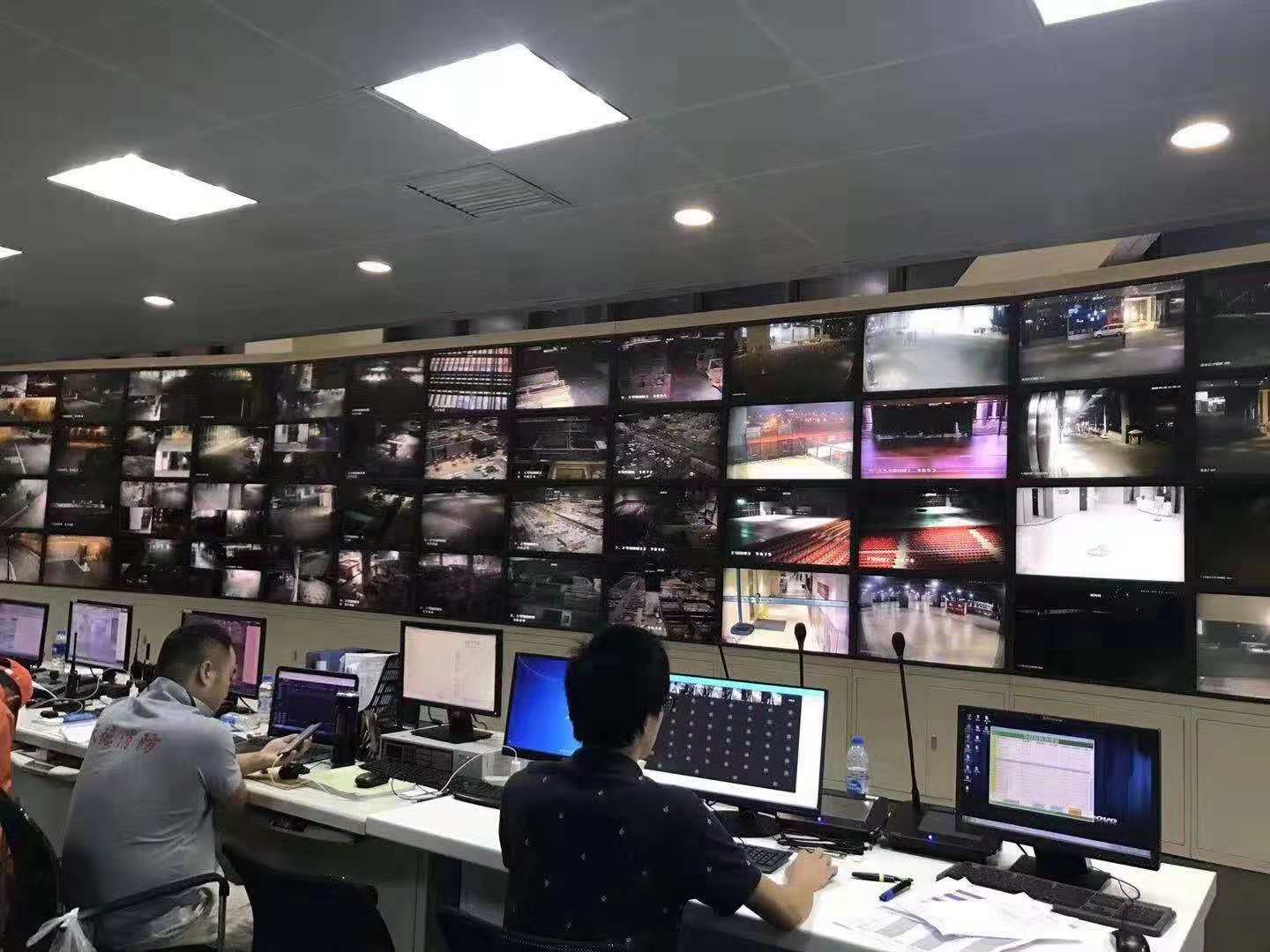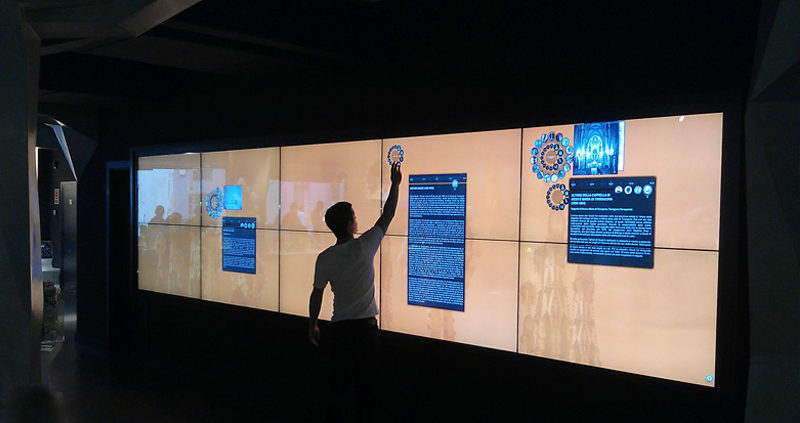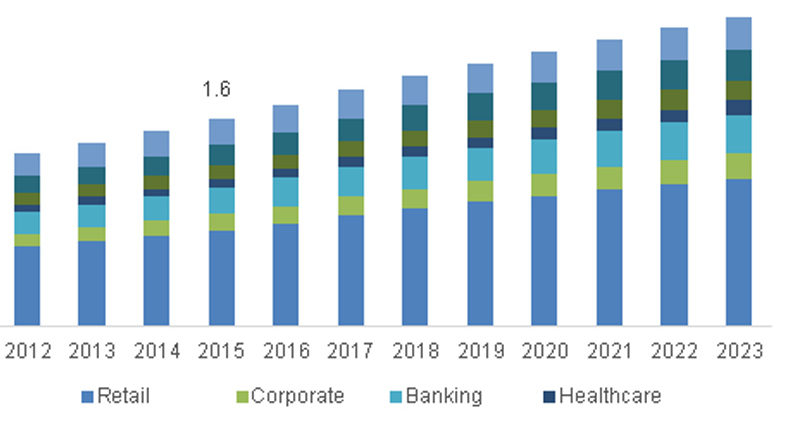What Is a Video Wall?
/in Industry News /by administratorVideo Wall System Basics
Components of a Complete System
What makes a video wall operate?
A comprehensive video wall solution requires specific software to make all of the components work together.
Why is special software needed?
Video wall software provides a user interface to control or manage your displays, video processors, connected system devices, and source content. Most video wall management software creates a “dashboard” of the system that includes a real-time view of the displays and a list of your available content sources.
What are the features and benefits of video wall management software?
At its most basic level, the interface allows you to select content sources and place them on your display in real-time. Most programs also include tools for adjusting the appearance of content such as scaling, zooming, and cropping options, brightness and contrast controls, and so on.
Does the software provide flexible capabilities?
Some software offers special presentation-building functionality. This may include the option to build and save a sequence of pre-arranged content layouts, which can then be presented manually or automatically on the displays. Select platforms also offer custom labels, graphical transitions, and other tools for enhancing presentations.
Is the software easy to use?
Software should provide a simple, intuitive interface that is designed for all users from non-technical to “power users”. In today’s fast-paced operations environments, you want to eliminate the need for custom programming or extensive training to use the software and manage your video wall.
Is the software secure?
With the surge of advanced threats, you want to be confident that your video wall software platform is secure. The software should provide granular permission settings so you can control the content and access for each user or user group. In addition, the software should include the most up-to-date industry standards like TLS 1.2 encryption and Single Sign-On (SSO) capabilities.
What Does a Processor Do?
Video wall processors, also known as controllers, connect your content sources to the display wall. They let you control what content is shown on the wall, when and where it appears, and how it will ultimately be displayed.
Why do I need a processor?
Using IP streaming or physical inputs, the processor funnels content from all of your desired sources, such as video cameras, computer workstations, and cable boxes.
How does a processor connect content to the video wall?
The processor makes the content visible and accessible on a single interface. It also allows all of the individual displays in your video wall to work together as a single canvas. This means that content can be placed on a single display, stretched across multiple displays, or dragged across the display surface.
How do I use the processor?
Based on the commands you set up through the control software, the controller sends content to the displays and lets you arrange, scale, and adjust the content in real-time. Some controllers also let you build and save content arrangements offline before displaying them as custom layouts.
Diplays
Display panels used in video walls provide a large scale, high-resolution “visual canvas” for your mission-critical content.
What is a display panel?
Video walls are usually made from a tiled arrangement of panels or projection screens. Tiling multiple displays together can create an extremely large, multi-HD display surface.
How do they work?
A large range of display technologies are used to create these walls, such as LCD, LED, blended projections, and projection cubes. Each display type has specific features, benefits, and things to consider like resolution, brightness, reliability, cost, and other factors.
What are the size and configuration options?
Depending on the display type and its mounting system, these walls can be built in flat, curved, or even three-dimensional shapes. They can be small enough to be portable or large enough to fill a multi-story atrium.

